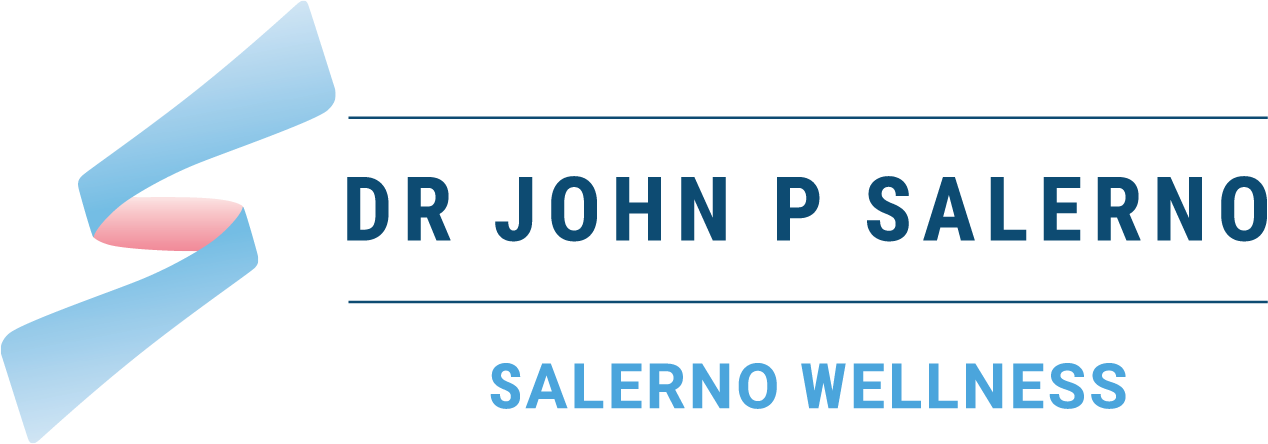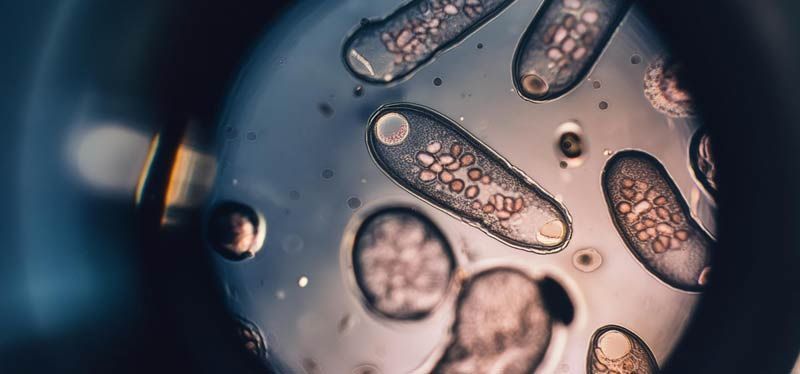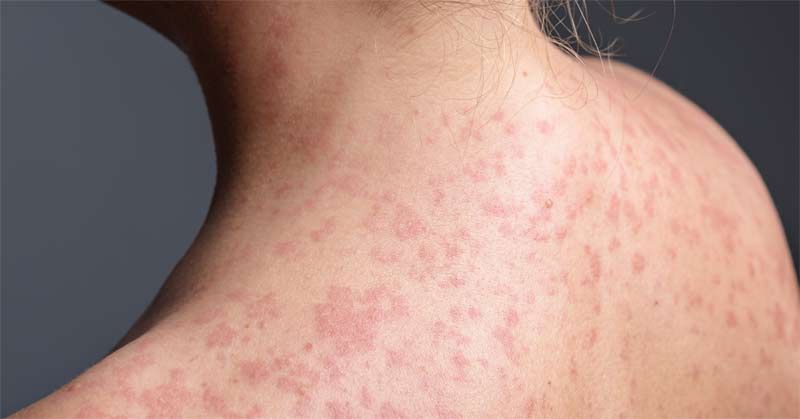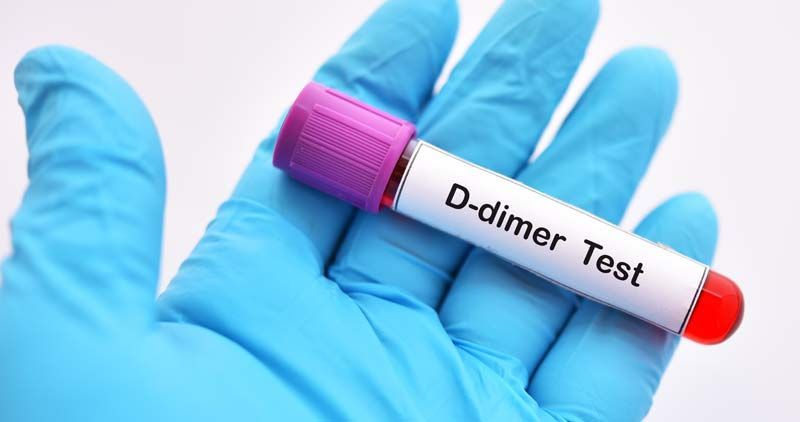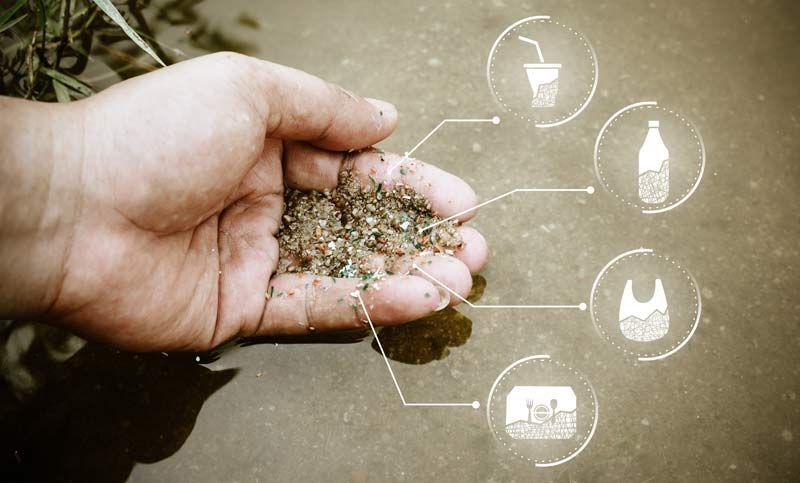How to Remove Heavy Metals with Chelation Therapy

Chelation therapy has a positive effect on liver function and is more effective and safer than oral chelators. The liver is the primary organ responsible for detoxification in the body. It acts as a complex filter for all the blood that goes into it, as it is the largest organ in the human body. In a recent study, it was found that chelation therapy has no adverse effect on liver function.
-Dr. John Salerno
Chelation Therapy Tips: The Key to Heavy Metal Detoxification and Health Restoration
Chelation is the process by which one or more metals are held or bound by an entity, with claws being an appropriate visual metaphor for the term. The term "chelation" is derived from the Greek word "chele," meaning claw. A chelation detox specifically refers to the removal of toxic metals from the human body. Mercury, lead, and other toxic metals can accumulate in the body over time and, if not removed, can have long-term health consequences. Lead is particularly linked to reduced intelligence, anxiety, and a range of neurological issues.
Heavy Metals Diagnosis and Treatment
Determining whether you require chelation therapy depends on various potential sources of heavy metal exposure from our environment and the foods we eat. So, how do you know if you need chelation? The best way to understand if chelation treatment is right for you is through testing. A heavy metal blood test helps assess the amount of metals in your blood.
A urine test may also be completed, where you will be given a chelating agent (such as CaEDTA, DMPS or DMSA) and urine will be collected over the next 7 hours, allowing practitioners to test for metal levels stored in the body before treatment, and the amount removed in urine after the test. This information will enable the practitioner to determine the current level of heavy metal poisoning in your body.
Once a diagnosis is established, treatment may involve the use of chelating agents, which are medications that bind to heavy metals and facilitate their excretion from the body. Common chelators include edetate calcium disodium (EDTA) for lead poisoning and dimercaptosuccinic acid (DMSA) for a range of heavy metals. The choice of chelation therapy depends on the specific metal involved and the severity of the poisoning.
Medical Detoxification
It is widely understood that chelation therapy is a type of detoxification process, and detoxification is often a term you may have heard used many times before. Chelation therapy has a key role in body detoxification. When you first hear detoxification, you might be left wondering if the chelation process is worth it.
Detoxification is a term that can carry various connotations, some of which may not always be positive. However, when you break down the chelation process and understand what is happening during detoxification, you will find that a treatment like chelation has a positive impact and helps your body eliminate toxic metals in many cases.
Chelation Treatment Side Effects
In general, chelation treatments are well tolerated, although dosage adjustments may be necessary based on body mass or kidney function. Patients with a sulfur allergy should not take DMPS. Close monitoring and supervision from a healthcare provider are essential to ensure safe and effective use.
Natural Chelating Agents
Natural chelating agents are available to support your body's natural detoxification systems. In addition to medical and pharmaceutical options, certain foods can help your body naturally detox, although the process might not be as effective as pharmaceutical chelators. Three of the most potent natural chelating agents include cilantro, garlic, and chlorella.
Liver Functionality
I know when detoxing, you have to be careful with some of these processes, so as not to damage the liver. Chelation therapy has a positive effect on liver function and is more effective and safer than oral chelators. The liver is the primary organ responsible for detoxification in the body. It acts as a complex filter for all the blood that goes into it, as it is the largest organ in the human body.
In a recent study, it was found that chelation therapy has no adverse effect on liver function. When heavy metals like mercury and lead are removed from the body, they do not harm the liver. When you consider this, it makes sense, as the liver is a beneficial and essential detox organ that you don't want to damage or harm.
Oral Detoxing vs. Intravenous Treatments
When chelating metals from the body, one of the most effective ways to administer the substance orally is to use an IV infusion of chelating agents, such as CaEDTA and DMPS, combined with intravenous glutathione. The direct infusion of these substances allows them to enter your bloodstream and remove heavy metals more effectively.
Foods Associated with Heavy Metal Poisoning
It is well known that certain fish, such as tuna, swordfish, and mackerel, contain higher levels of mercury and lead. If you are exposed to fish in your environment or seafood that you eat frequently, which can include these metals in high doses, this is a serious health risk.
A lesser-known fact is that coffee does not contain heavy metals, but the water used to brew coffee does. Recent studies on the subject of coffee and heavy metals have shown that the water used to brew coffee contains trace amounts of heavy metals, including lead, arsenic, and cadmium. These elements have also been known to be consumed regularly without much thought by some consumers, as they are essential to our everyday health and well-being.
The water we use to brew coffee is also used in the preparation of many other foods, which raises another important question regarding the presence of heavy metals and their impact on health. You might be familiar with the term and detox your liver with milk thistle, but what about all the other vegetables that we eat? Do vegetables have heavy metals in them?
Broccoli, kale, and cauliflower have been found to contain thallium, a potentially toxic heavy metal that can be harmful to the body. Some vegetables contain heavy metals like cadmium and thallium, so it is important not to consume them too frequently. Chickens can have high arsenic levels when given specific drugs and feeds.
When it comes to seafood, we know that tuna, swordfish, and mackerel contain higher levels of mercury and lead. Clams, shrimp, oysters, and mussels are choices that typically have some of the lowest mercury levels on average and are considered safer to consume.
The majority of oatmeal and pasta have lower levels of heavy metals, as these are usually consumed in their plant form. However, some may have higher levels depending on how they were packaged and processed. For foods like these, choosing organic is an excellent option for peace of mind and is generally a better choice for individuals who eat processed and packaged foods.
